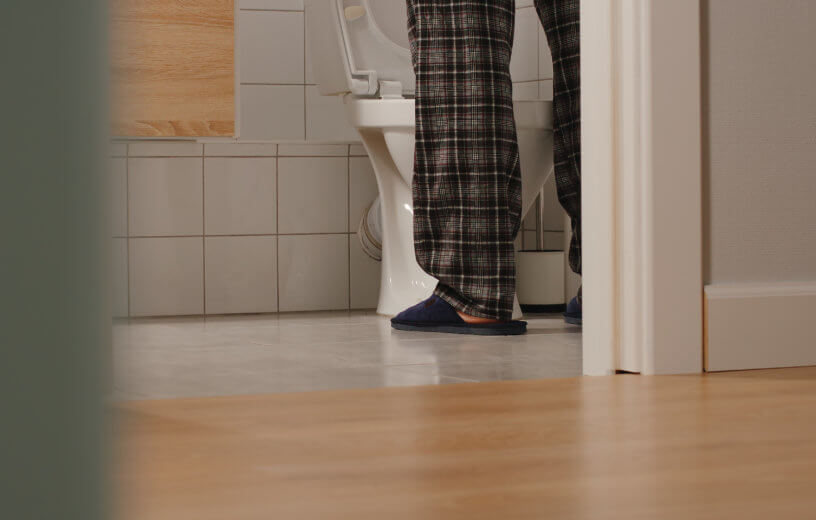SEATTLE, Wash. — Passing a kidney stone can be one of the more excruciating experiences people have, especially for men. Now, a new treatment that uses sound waves to break up kidney stones may end the need for surgery or the agonizing process of peeing them out!
Researchers from the University of Washington School of Medicine say burst wave lithotripsy (BWL) successfully fragments stones of various sizes in a single 10-minute treatment. The new technology could lower the high costs of surgery and other treatments for kidneys stones, which can reach as much as $10 billion a year in the United States.
What are kidney stones?
Kidney stones are hard deposits of minerals and acid salts which build up in a patient’s urine. This very common condition affects one in 10 Americans every year. Depending on the size of the deposit, passing it through the urinary tract can be a very painful ordeal.
Patients typically experience severe pain in the abdomen, possibly leading to nausea. Non-surgical treatments for kidney stones include taking pain relievers and drinking plenty of water to help push the stone out. For larger stones, however, surgery may be necessary to break up the deposit.
Researchers note that a similar technique called extracorporeal shock wave lithotripsy (ESWL) uses shock waves to break up fairly small stones so the fragments can easily pass on their own. Doctors perform ESWL in a hospital or clinic, with the patient under sedation.
‘Short harmonic bursts’ can break up the biggest stones
BWL, on the other hand, uses “short harmonic bursts” of ultrasound energy to break up stones in a much shorter procedure that doesn’t require sedation or anesthesia. Moreover, pre-clinical studies found that BWL could break up larger stones and stones of various densities.
Following those studies, Dr. Jonathan Harper’s team tested this treatment on human kidney stone patients undergoing a surgical procedure to remove larger stones called ureteroscopy. Before the surgery, researchers used BWL on the stones in 19 patients for 10 minutes. Afterwards, the ureteroscope was able to directly observe how well the ultrasound waves broke up these deposits.
Of the 25 kidney stones researchers used burst wave lithotripsy on, the technology broke up 90 percent of each stone’s volume during the 10-minute treatment. Overall, 39 percent were completely fragmented by the sound waves and 52 percent were partially fragmented.
Most of the remaining bits were less than two millimeters in size, making them small enough for patients to pass through urination without much pain. The team adds that the ureteroscope found little and no tissue damage from the sound waves.
“The ability to noninvasively break stones and expel the fragments in awake patients at first presentation in the ED or clinic has the potential to provide just-in-time treatment leading to a reduction of the overall pain, cost and resource burden associated with a stone event,” the researchers write in a media release.
Dr. Harper adds that the results “are a step toward an office-based lithotripsy for awake patients.”
Researchers are now studying if BWL can become a “noninvasive, 30-minute treatment in the clinic without anesthesia.”
The study is published in The Journal of Urology.

